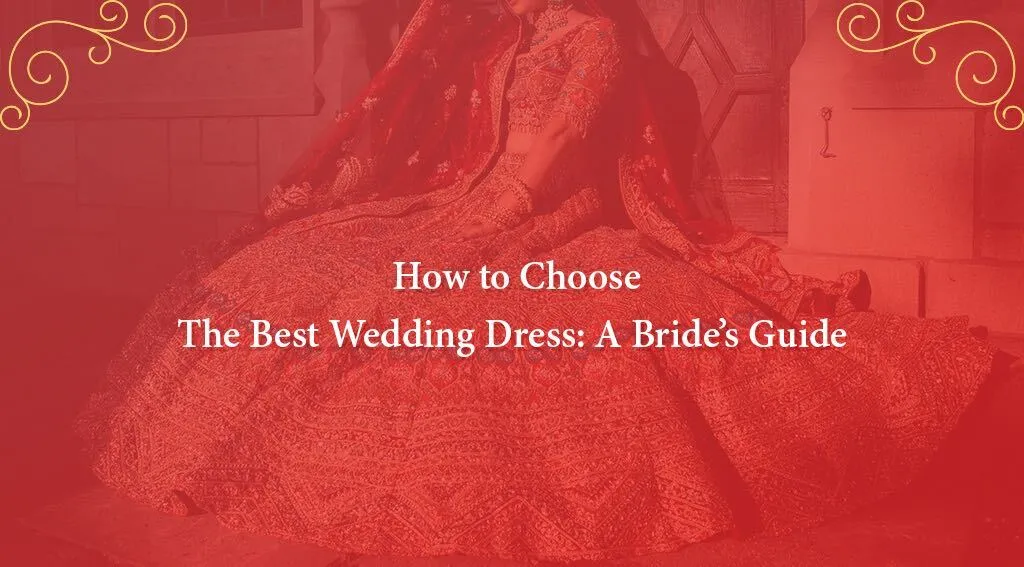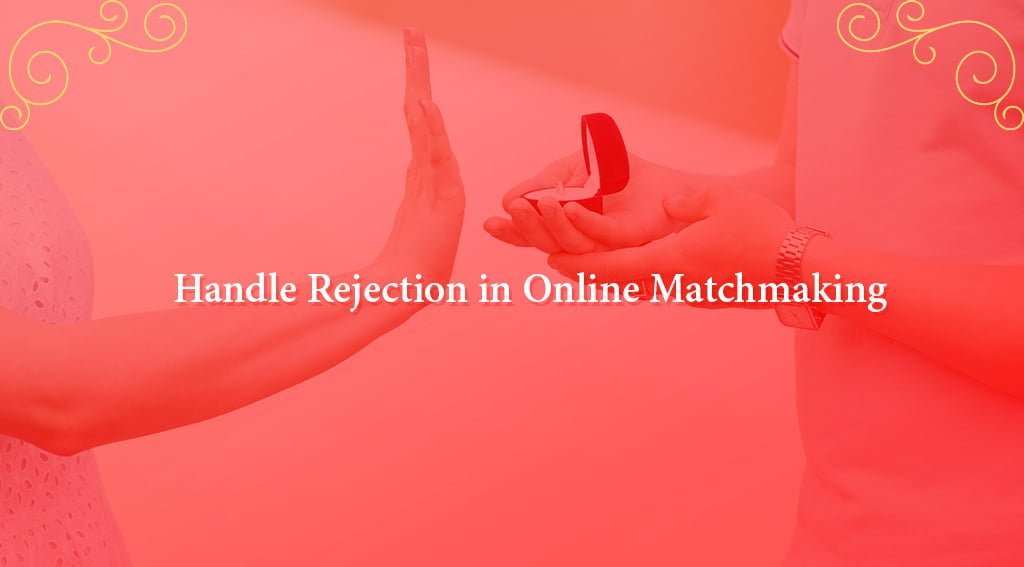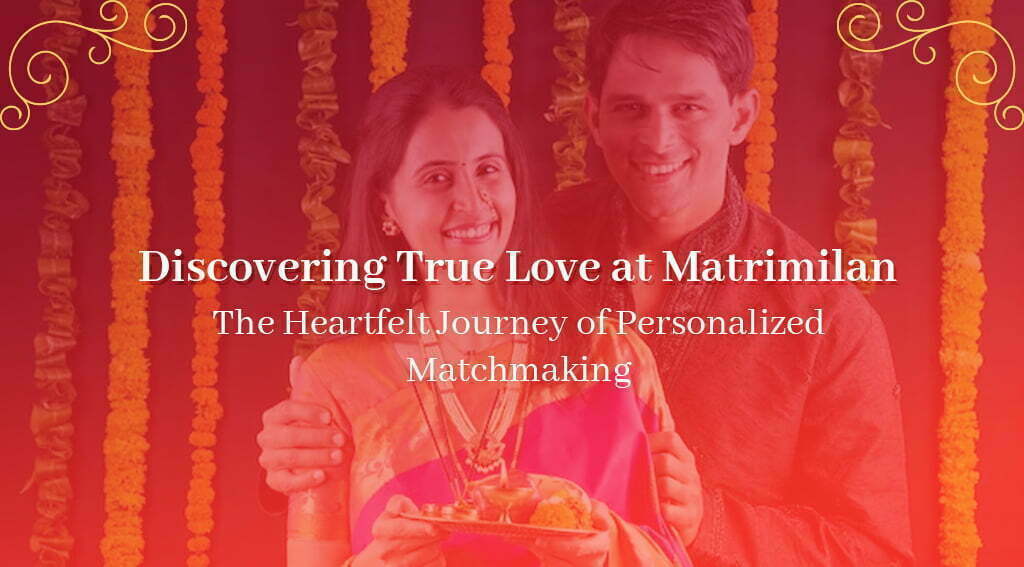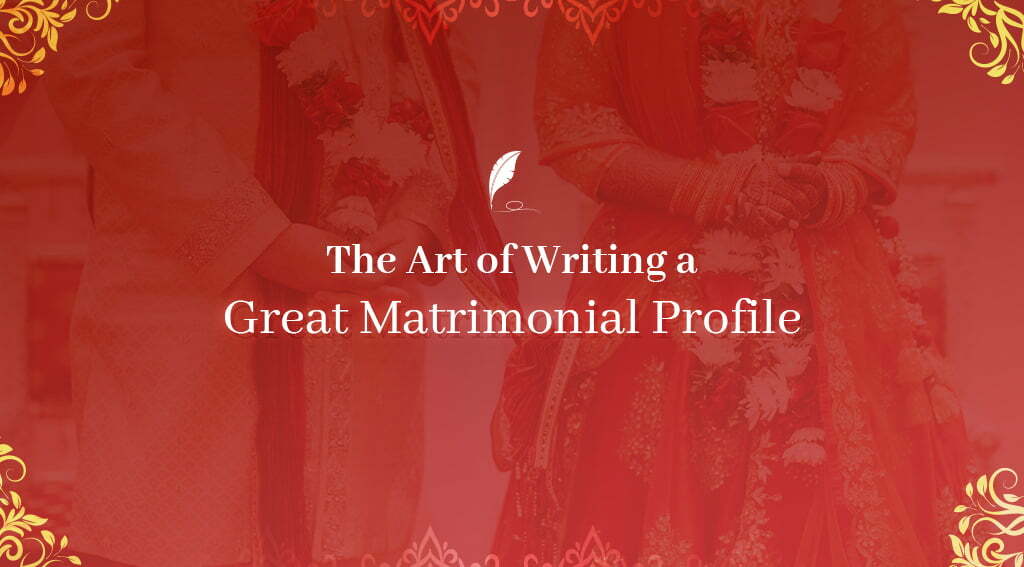A wedding day is one of the most special days in a woman’s life, and choosing the perfect wedding dress is an important part of making it unforgettable. However, with so many styles, shapes, and sizes available, finding the perfect wedding dress for your body type can be overwhelming. In this guide, we will provide you with some tips on how to choose the perfect wedding dress for your body type.
List Of Various Body Types:
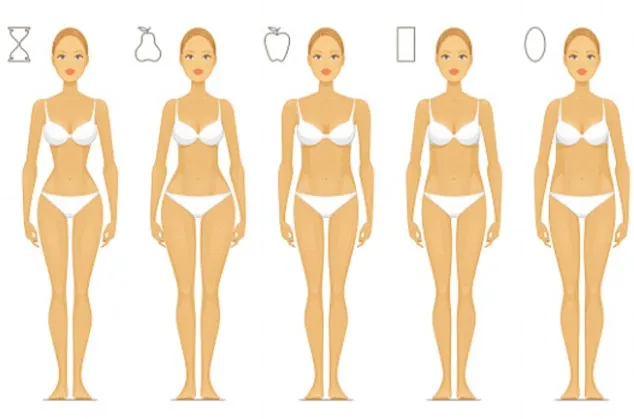
1. Hourglass Body Type
An hourglass figure is one of the most sought-after body types for a wedding dress. Women with an hourglass figure have a well-proportioned bust and hips, with a narrow waist. A fitted wedding dress that hugs the curves of the body can accentuate the hourglass figure. A-line dresses, mermaid-style dresses, and ballgowns can also look great on an hourglass figure.
2. Apple Body Type
Women with an apple body type tend to have a larger bust and a wider midsection. A-line dresses or empire-waist dresses can be great choices for apple-shaped women, as they create a flowing silhouette that elongates the torso. Dresses with ruching or draping around the waist can also help to create a more defined waistline.
3. Pear Body Type
Pear-shaped women tend to have smaller busts and curvier lower halves. A-line dresses, ballgowns, and empire-waist dresses can be great choices for pear-shaped women, as they help to balance out the curves of the lower half. A dress with a fitted bodice and a flowing skirt can also help to create a more streamlined silhouette.
4. Rectangle Body Type
Women with a rectangular body type tend to have a straight waistline and a relatively small bust and hips. A sheath dress or a ballgown with a fitted bodice can be great choices for rectangular body types, as they create the illusion of curves. Dresses with a deep neckline or a backless design can also help to add some dimension to the upper body.
5. Petite Body Type
Petite women tend to have a smaller frames and shorter stature. A-line dresses or sheath dresses can be great choices for petite women, as they help to elongate the silhouette. Dresses with a high neckline or a halter-style neckline can also help to create the illusion of height.
6. Plus-Size Body Type
Women with a plus-size body type can also find the perfect wedding dress for their body type. A-line dresses, ballgowns, and empire-waist dresses can be great choices for plus-size women, as they create a flattering silhouette. Dresses with ruching or draping can also help to create a more defined waistline.
Also Read | Embracing 2023 Weddings: Innovation Meets Tradition
Choosing the Perfect Fabric and Color for Your Wedding Dress
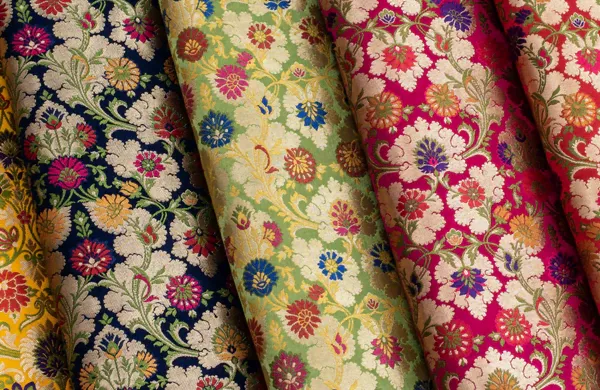
Your wedding dress’s fabric and color can make a big difference in how it looks on your body. Choosing the right fabric can help flatter your curves and make you feel comfortable throughout the day. The color of your dress is also important and should complement your skin tone.
A. Fabrics that flatter different body types
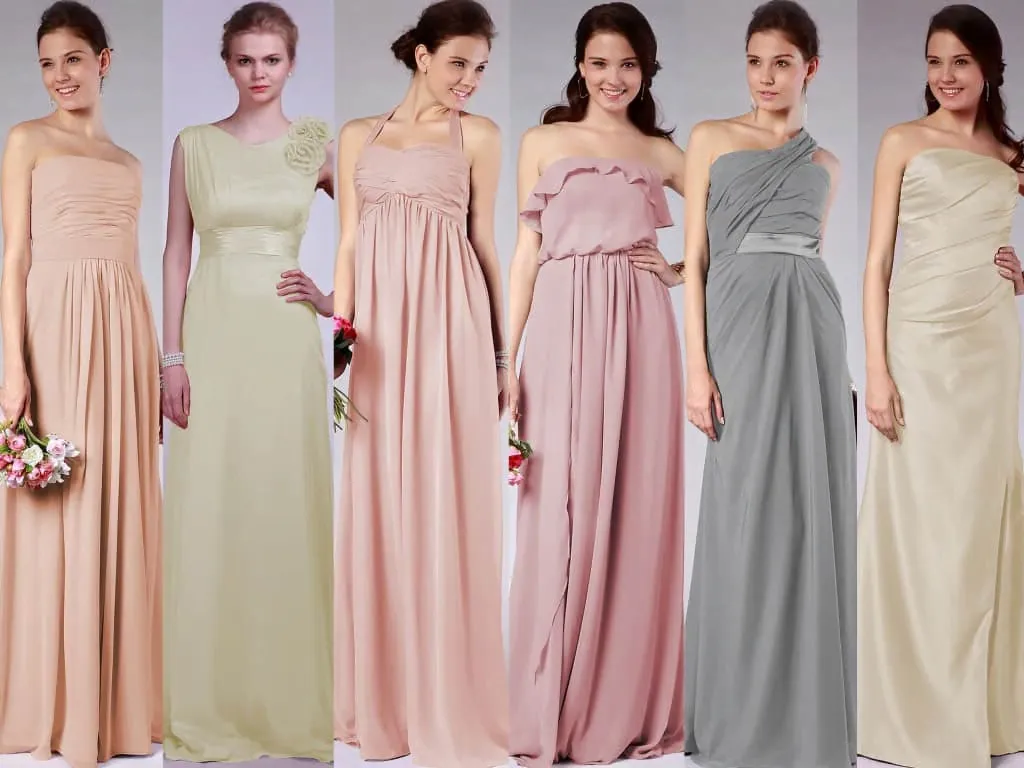
- For a lean figure: lightweight fabrics like chiffon, charmeuse, and silk can add more volume and flow to the dress. A-line and ball gown styles are also great choices.
- For a curvy figure: fabrics like lace and satin can accentuate your curves while providing a structured fit. Trumpet and mermaid styles can also enhance your hourglass shape.
- For a petite figure: lightweight fabrics like tulle and organza can create a voluminous look without overwhelming your frame. Avoid heavy fabrics like brocade or velvet that may weigh you down.
- For a plus-size figure: fabrics like crepe and mikado can provide a sleek and structured look. A-line and ball gown styles are also great options to create an hourglass shape.
B. Colors that suit different skin tones
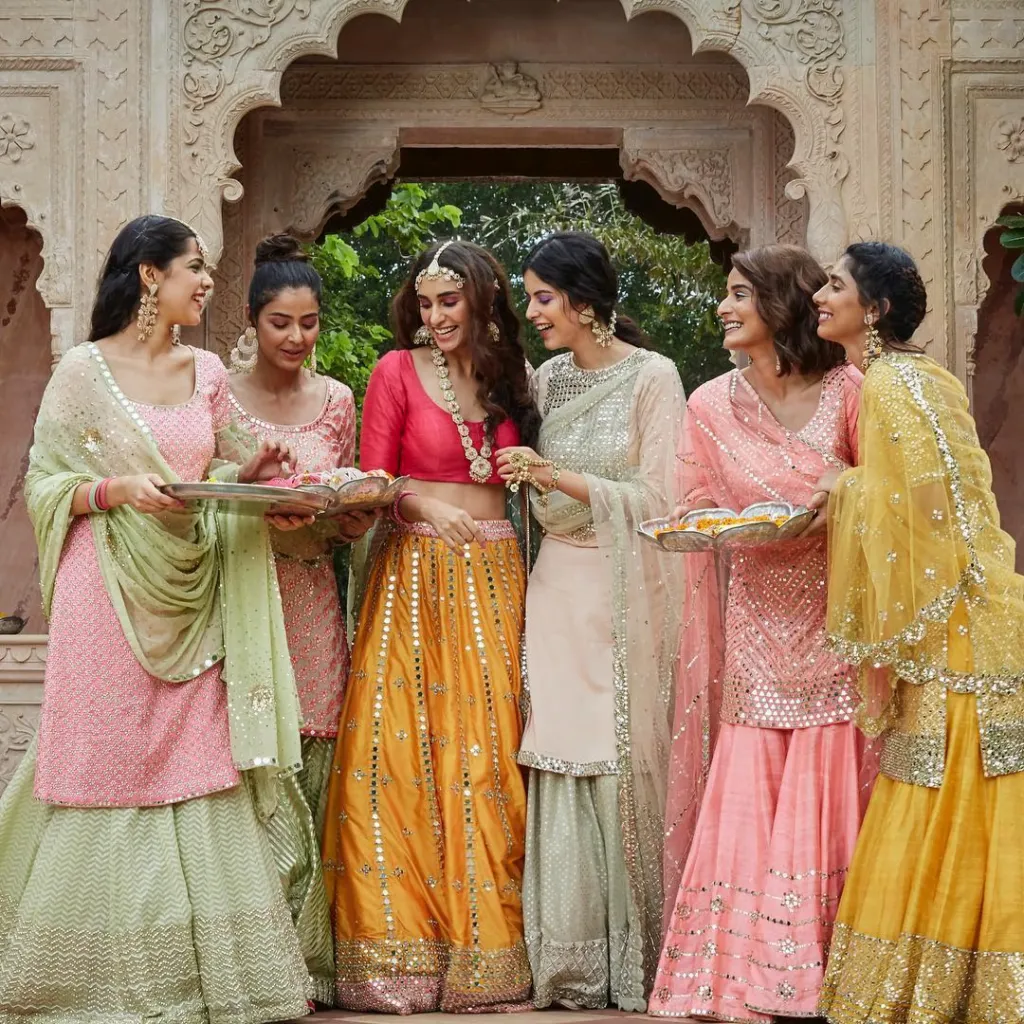
- Fair skin: white and ivory shades can complement fair skin tones. Blush or pink hues can also add a warm glow to the skin.
- Medium skin: champagne, nude, or peachy shades can complement medium skin tones. Avoid stark white or ivory as they can wash out your complexion.
- Dark skin: shades like gold, silver, or metallic can create a striking contrast against dark skin tones. Deep jewel tones like emerald or sapphire can also add a pop of color.
Tips for Trying on Wedding Dresses
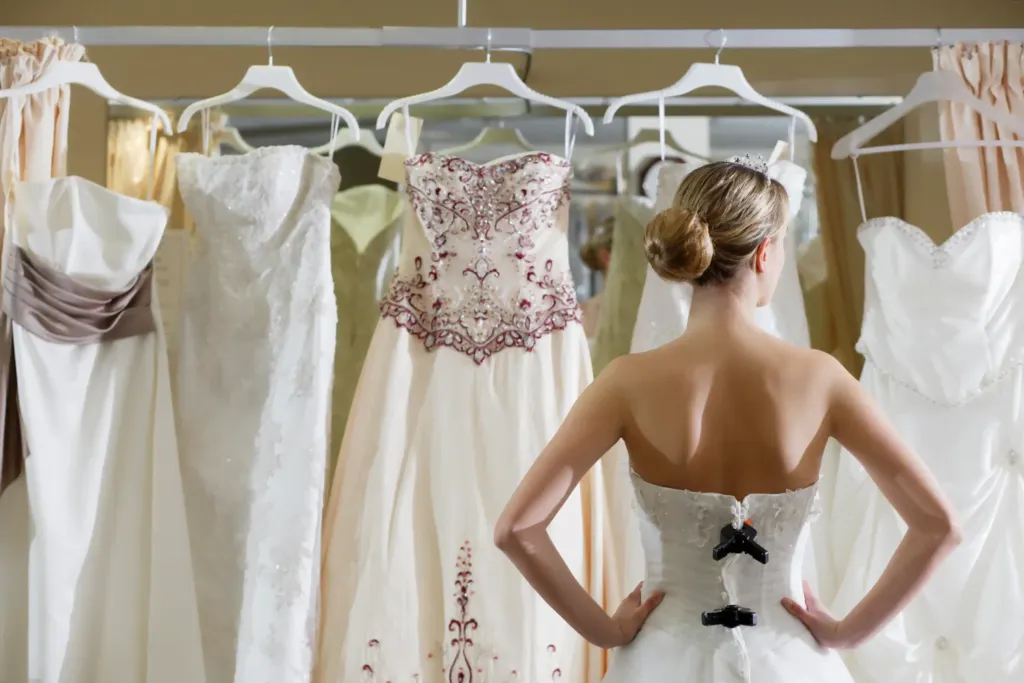
Trying on wedding dresses can be an overwhelming experience, but with these tips, you can make the most of your appointment.
A. Dos and Don’ts
- Do wear comfortable and seamless underwear to avoid visible panty lines.
- Do bring shoes with a similar heel height to what you plan to wear on your wedding day.
- Do consider your venue and wedding theme when choosing your dress.
- Don’t try on too many dresses in one day as it can lead to decision fatigue.
- Don’t be afraid to speak up and communicate your preferences to the sales associate.
B. Who to Bring with You
When it comes to choosing your wedding dress, less is often more. Bringing too many people can lead to conflicting opinions and can make the decision-making process more difficult. It’s best to bring one or two trusted loved ones who know your style and preferences.
C. When to Start Trying on Dresses
It’s recommended to start trying on dresses at least nine months before your wedding date to allow for alterations and delivery time. However, if you have a shorter timeline, don’t worry. Many bridal salons offer rush orders and sample sales that can help you find your dream dress in time.
Conclusion
In conclusion, choosing the perfect wedding dress for your body type can seem overwhelming, but it doesn’t have to be. By following these tips and considering your body type, you can find a wedding dress that will make you feel confident and beautiful on your special day.
Matrimilan is an excellent matrimonial website that is committed to helping people find their perfect partner. With a vast network of eligible singles from diverse backgrounds and cultures, Matrimilan offers a seamless and user-friendly platform for those seeking meaningful relationships.
FAQs
How much should I expect to spend on a wedding dress?
The cost of a wedding dress can vary greatly depending on the designer, fabric, and level of detail. It is important to set a budget before starting your search and stick to it.
What should I consider when choosing a wedding dress for my body type?
When choosing a wedding dress, consider your body type and what styles will flatter your figure. For example, an A-line dress is great for pear-shaped bodies, while a ball gown is perfect for hourglass figures.
How far in advance should I start looking for my wedding dress?
It is recommended to start shopping for your wedding dress at least 6-8 months in advance to allow for alterations and fittings.
What are the latest trends in wedding dresses?
Wedding dress trends are constantly evolving, but some of the latest trends include off-the-shoulder designs, unique sleeves, intricate embroidery, and modern minimalism.

